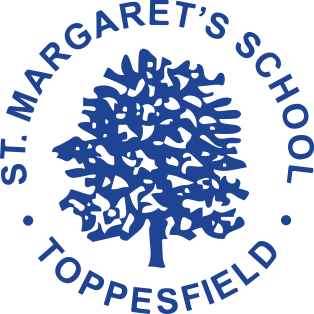Reading
Reading Intent, Implementation and Impact
Intent | Implementation | Impact |
Children will develop a love of reading. Children will be reading at fluently and with understanding by the end of Key Stage 2. Children will leave St. Margaret's Church of England Primary School able to access their learning at secondary school and with the necessary building blocks to become life long readers. Our reading curriculum will reflect the aims of our vision and our associated Christian values of aspiration, wisdom and endurance. | Through the teaching of Bug Club Phonics the children are taught the essential skills needed for reading by the end of Key Stage 1. Reading books in Reception and Key Stage 1 are closely linked to the children's phonics learning. When they are ready, children are moved onto accelerated reader to ensure children are developing both their word reading and their comprehension skills. Children have access to a well-stocked library. The outdoor library is used by children during unstructured times. All classes have a reading book which is read daily for enjoyment by the teacher. In English, high quality texts are used to support learning. These are often linked to the topic themes for the children. Our English curriculum is based on the Hamilton-Brooks curriculum which we adapt to suit the needs of the children in our school. Guided reading sessions are used to teach reading schools through the use of V.I.P.E.R. | Children will leave St. Margaret's Church of England Primary School with a love of reading. Attainment in phonics is measured by the Phonics Screening Test at the end of Year 1. Attainment in reading is measured using the statutory assessments at the end of Key Stage Two. These results are measured against the reading attainment of children nationally. However, we firmly believe that reading is the key to all learning and so the impact of our reading curriculum goes beyond the results of the statutory assessments. |
